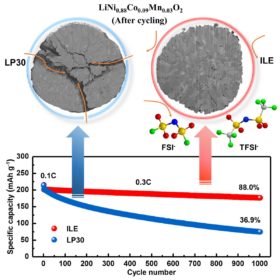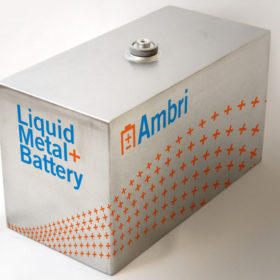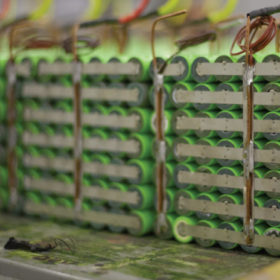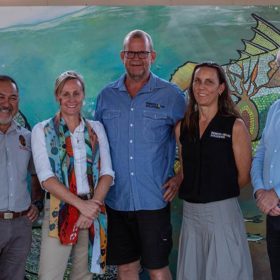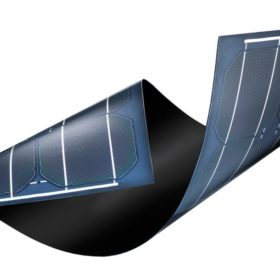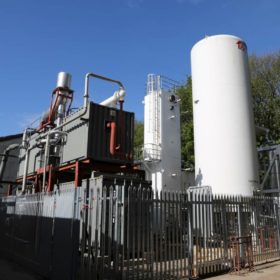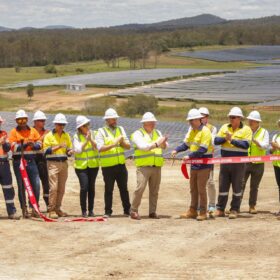Lithium-metal battery with capacity retention of 88% over 1000 cycles
German scientists have applied a new combination of cathodes and electrolytes to improve the stability of lithium-metal batteries. They fabricated a device with an energy density of 560 watt-hours per kilogram and a Coulombic efficiency of 99.94%.
Lithium-sulfur battery with shorter charging time, longer lifespan
Japanese scientists have developed a new lithium-sulfur battery by using titanium oxide and titanium nitride to prevent the formation of polysulfides during the fabrication process. This allows the battery to retain 85% of its capacity after 500 cycles at 2 C.
Calcium-antimony liquid metal battery to be commercialised by US company
Ambri has secured US$144 million ( AU$195 million) to commercialise its calcium-antimony liquid metal battery chemistry and open manufacturing facilities to deliver projects in 2023 and beyond.
Energy storage with recycled batteries from Brazil
Energy Source, a Brazilian battery specialist, is currently providing energy storage services with reused and recycled batteries. Battery recycling and related metals recovery are conducted separately, without the burning of materials.
Derby’s day launches a solar-powered future
PV electricity generation is a natural choice for Australia’s remote Kimberley region. State-owned energy provider Horizon Power has deployed WA Recovery Plan funds to make the most of the interplay between sun and shade and put clean energy behind the Derby community’s aspirations.
Looking beyond 5-minute settlement to tariff models that show how flexible energy retailers can be
Processing nightmare, or product opportunity? Impending five-minute settlement comes at a difficult time for energy retailers. Software from across the ditch could help highlight the benefits and opportunities of more solar and a forecast uptick in battery energy storage.
Saturday read: Going full circle with battery recycling
With manufacturing ramping up year by year and policies already looking to get ahead of the large volumes of end-of-life products, the landscape for lithium-ion battery recycling is rapidly changing. pv magazine recently spoke with Mari Lundström, associate professor of chemical and metallurgical engineering at Aalto University, to find out what is needed on the research side for the effective recycling of batteries.
Battery-maker, retailer and financier alliance sees more players enter Australia’s VPP space
South Korean company LG Energy Solution has partnered with Australian fintech financier Humm Group and renewable energy retailer Diamond Energy to provide customers with Virtual Power Plant platform. Virtual power plants (VPPs) are gaining momentum in Australia as a way to decrease buyback time on home batteries and potentially add stabilisation services to the grid.
A closer look at liquid air energy storage
A British-Australian research team has assessed the potential of liquid air energy storage (LAES) for large scale application. The scientists estimate that these systems may currently be built at a cost between €300 and €600 (AU$480 to $960) per megawatt-hour and that a positive business case could be favoured by certain conditions, including a determined price structure in the energy market and the presence of a grid unable to support high levels of renewable energy penetration.
Sodium-ion batteries a commercial reality, claims CATL
The manufacturer has launched sodium-ion products online. Production has begun and will be easily scalable, according to the CATL chairman. Researchers have been keen to make the technology work as it offers a cheaper, more environmentally friendly alternative to lithium-ion products.
